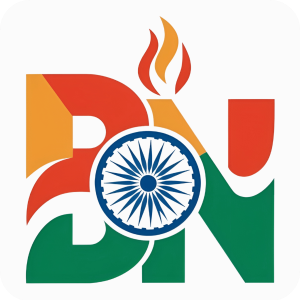In the nearly three years since Russia invaded Ukraine, Ursula von der Leyen, EU’s top official, has grown accustomed to the 10-hour train ride to Kyiv. She passes the time preparing for meetings and reading books on Ukraine, when she is not trying to catch some sleep.
Von der Leyen has visited Ukraine eight times since early 2022. So when she sees images of other foreign leaders in Kyiv, such as US secretary of state Antony Blinken, she can understand their exhaustion all too well. “When I see the tired eyes, I know he had a bad night of sleep with the tuk-a-tuk-a-tuk-a-tuk on the tracks,” Von der Leyen said of Blinken in Sept.
With civilian flights to Ukraine suspended for security reasons, trains have become the primary mode of travel in the war-torn nation. Millions of Ukrainians rely on the country’s vast rail network to get in and out, often enduring long journeys in sleeper cabins.
World leaders visiting Ukraine have had a similar experience – albeit with added comfort. Since the early months of the war, Ukrzaliznytsia, the national railway has deployed VIP cars to shuttle dignitaries. They are equipped with private sleeping quarters, a conference room and kitchen where attendants prepare meals. These trains have become an enduring feature of the war, a unifying experience for the leaders who have been to Ukraine, including President Joe Biden, German Chancellor Olaf Scholz and PM Narendra Modi. All have taken the train at night, curtains drawn to minimise detection by Russian drones. All have slept in the same cabins, lulled by the rumble of the tracks.
Oleksandr Shevchenko, the deputy head of passenger services at Ukrzaliznytsia, lauded his railway’s ability to transport so many leaders on long trips and cater to their needs.
But these trips have been more than just a logistical feat. Seeing an opportunity in the long hours officials spend aboard – often more than their time on the ground – Ukrainian authorities have turned the trip into a tool to win their favour.
On the train, officials are offered traditional Ukrainian dishes and books about its history and wartime struggle. After key agreements are reached, Ukrainian authorities leave thank-you notes in the cars. Sometimes, the gestures are more pointed. Last year, as Ukraine lobbied its Western allies, including Finland, to supply Leopard tanks, the train crew wore leopard-print scarves during a visit by the Finnish president.
With peace talks looking more likely, many more diplomats are expected aboard the VIP trains, which have been used more than 1,000 times since the war began. The special project is called “Iron Diplomacy” by Ukraine. Two routes are always prepared in case of Russian attacks. When Biden visited Kyiv last year, two identical trains ran simultaneously on different routes “so no one would know which was the ghost train and which was the real one,” Shevchenko said. The train with Biden was dubbed “Rail Force One” by the Ukrainians.
During a June 2022 joint trip to Ukraine, leaders of Germany and Italy teased President Emmanuel Macron of France about his seemingly superior compartment. “Mine is much less luxurious,” Mario Draghi, Italy’s PM at the time, had quipped to a smiling Macron.
Former Swedish PM Magdalena Andersson said during the trip, it was critical for her to see for herself a mass grave in Bucha and evidence of the horrors committed by Russia. nyt
#Rail #Force #trains #world #leaders #Ukraine #Times #India



